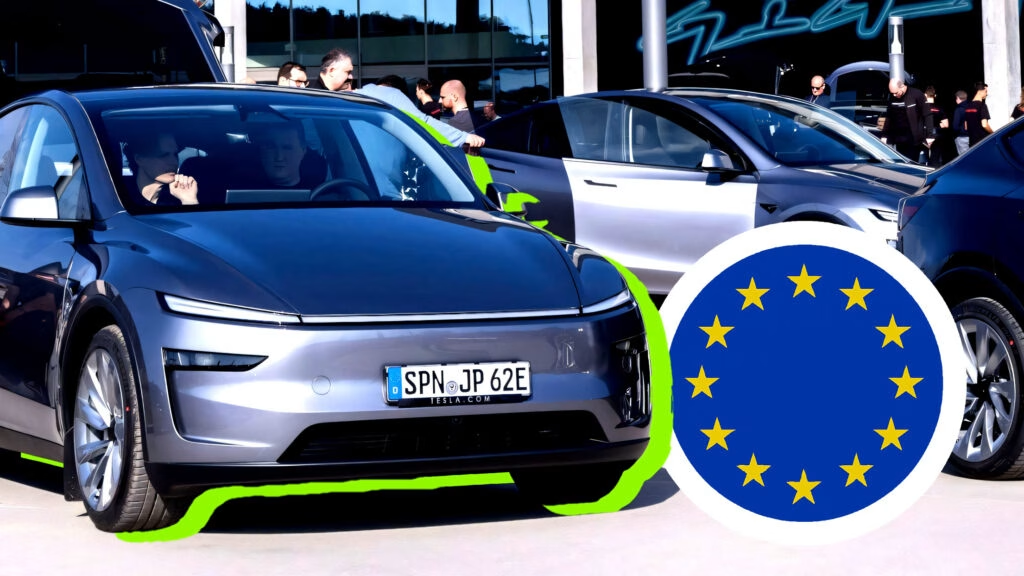Tesla has been a household name in the electric vehicle (EV) market, but recent sales figures from Europe are raising eyebrows. With a staggering drop of nearly 40% in sales since the start of the year, the company is facing some serious challenges. In April alone, sales plummeted over 46%, and even the much-anticipated Model Y is not immune to this downturn, experiencing a 51% decline in sales for the month. So, what’s going on with Tesla in Europe?
### Why Are Tesla’s Sales Dropping?
Elon Musk has been vocal about his commitment to Tesla, stating he plans to remain CEO for at least five more years. However, the board might have a different perspective if these sales trends continue. Preliminary data from Dataforce indicates that Tesla’s sales in Europe have dropped from 101,677 units last year to just 62,313 this year. That’s a significant decline that can’t be ignored.
The situation is even more concerning when you look at the sales numbers for April specifically. The brand sold only 7,908 units in April 2025, down from 14,696 units in April 2024. This represents a staggering 46.2% drop. Low-volume models like the Model S and Model X saw a combined decrease of 69.1%, which is alarming for a brand that has prided itself on innovation and market leadership.
### Is the Model Y Struggling Too?
You might think that with the launch of a new and improved Model Y, Tesla would be in a better position. Unfortunately, that’s not the case. Sales for the Model Y fell from 9,704 units in April last year to just 4,743 this April—a 51.1% drop. Tesla had previously mentioned that a slowdown was expected during the transition to the new model, but it appears that the decline is more severe than anticipated. Since the beginning of the year, Model Y sales across the EU, U.K., and EFTA countries have dropped by 48.4%. That’s a tough pill to swallow for a vehicle that was once considered a flagship.
### What About the Model 3?
Tesla’s other key player, the Model 3, is also feeling the heat. Sales dropped from 4,768 units in April 2024 to 3,094 last month, marking a 35.1% decrease. This decline is particularly troubling because it suggests that Tesla is losing ground not just to competitors but also in its own lineup.
### How Does This Compare to the Market?
It’s worth noting that Tesla’s struggles come at a time when the overall European automotive market is relatively stable. Total sales for all brands were nearly flat in April, dipping just 0.3%. In fact, the European market is increasingly embracing electrification, with battery-electric vehicle sales up 28%, full-hybrid sales up 16%, and plug-in hybrid electric vehicle deliveries rising by 12%. Meanwhile, traditional gasoline and diesel vehicles are seeing declines of 7.2% and 19%, respectively. This paints a picture of a market that is moving toward electrification, but Tesla seems to be losing its foothold.
### What’s Next for Tesla?
So, what does the future hold for Tesla? As of now, the company appears to be sticking to its “keep calm and carry on” strategy. However, given these troubling sales figures, it might be time for some serious rethinking. Tesla has always been known for its innovation, but it may need to adapt its approach to regain its competitive edge in Europe.
The big takeaway? Tesla’s current challenges aren’t just about numbers—they reflect a broader shift in consumer preferences and market dynamics. It’s a reminder that even industry leaders must continuously evolve to stay relevant. If you’re considering an electric vehicle, keep an eye on how Tesla responds to these challenges. The landscape of EVs is changing rapidly, and the next few months could be pivotal for the brand.

